How to Manage Nitrate in Your Freshwater Aquarium
Updated on 05/27/24
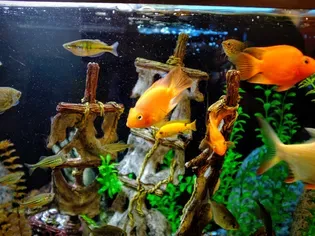
Mastering Nitrate Control in Your Freshwater Aquarium: A Comprehensive Guide
Introduction
Maintaining pristine water conditions is paramount for the well-being of your aquatic inhabitants. Nitrate, a common byproduct of fish metabolism and waste decomposition, can become a detrimental factor if not effectively managed. This comprehensive guide will equip you with the knowledge and strategies to keep nitrate levels in check, ensuring a thriving environment for your beloved fish.
Understanding Nitrate: Its Sources and Impact
Nitrate (NO3-) is a naturally occurring compound found in freshwater ecosystems. While moderate levels support plant growth, excessive amounts can pose severe health risks to fish. Nitrate accumulates in water due to:
* Fish waste and uneaten food
* Decaying organic matter
* Overfeeding
* Insufficient filtration or water changes
Signs of Elevated Nitrate Levels
Recognizing the early warning signs of nitrate overload is crucial:
* Brown or green algae outbreaks: Nitrate is a primary nutrient for algae, leading to excessive growth.
* Fish gasping at the water surface: High nitrate levels can impair oxygen uptake, causing respiratory distress.
* Lethargy and decreased appetite: Fish may become inactive and lose interest in food.
* Gill damage: Prolonged exposure to nitrate can damage gill tissue, affecting respiration.
Effective Nitrate Management Strategies
1. Maintaining a Healthy Biofilter
The biological filter is the cornerstone of nitrate removal in aquariums. Beneficial bacteria break down nitrate into less harmful compounds. Ensure your filter is efficient and sized appropriately for your tank size and fish population.
Example: A 55-gallon tank housing multiple active fish may require a larger capacity canister filter than a 20-gallon tank with low-maintenance species.
2. Regular Water Changes
Regular water changes are essential for diluting nitrate levels. Aim to change 10-25% of the water volume weekly or bi-weekly. Use clean, dechlorinated water.
Example: For a 50-gallon aquarium, perform a 12.5-25 gallon water change every week or two.
3. Live Plants
Plants utilize nitrate as a nutrient for growth. Incorporating live plants into your aquarium provides a natural nitrate sink. Fast-growing species like hornwort, water sprite, and duckweed are particularly effective.
Example: A well-planted 40-gallon tank can absorb up to 10 ppm of nitrate per day.
4. Nitrate-Removing Resins
Nitrate-removing resins, such as ion exchange resins, can be used as a chemical solution to reduce nitrate levels. These resins bind to nitrate ions, removing them from the water column.
Example: A small bag of resin can effectively remove nitrate from a 10-gallon aquarium for several months.
5. Nitrate-Eating Bacteria Additive
Certain species of bacteria can break down nitrate into harmless nitrogen gas. Nitrate-eating bacteria additives introduce these beneficial microbes into the aquarium.
Example: Using the recommended dosage for your tank size can significantly reduce nitrate levels over time.
Conclusion
Managing nitrate levels in freshwater aquariums is crucial for maintaining a healthy environment for your fish. By implementing the strategies outlined in this guide, you can effectively control nitrate, prevent adverse effects on your aquatic pets, and create a thriving underwater oasis. Remember to monitor your nitrate levels regularly using a test kit and adjust your management approach as needed. With proper care and attention, your aquarium will become a haven for vibrant aquatic life and endless underwater enjoyment.
Explore More Pets
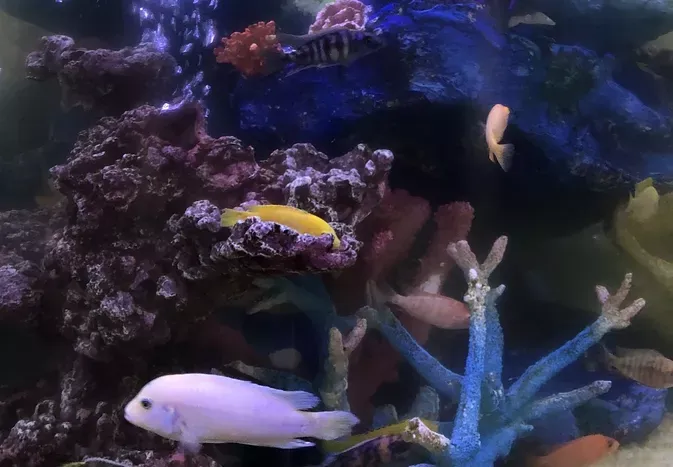
Freshwater Aquarium Filters
How to Deal With Cloudy Aquarium Water
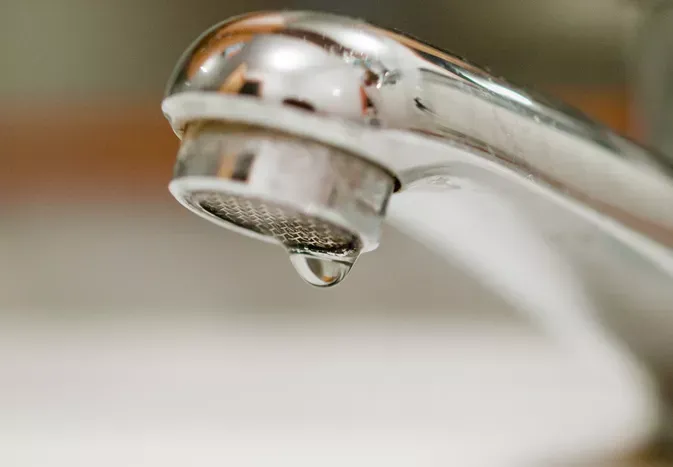
Saltwater Aquarium Filters
How Do You Remove Chloramines From Tap Water?

Freshwater Aquariums & Habitat
Can I Keep My Koi Fish Inside?
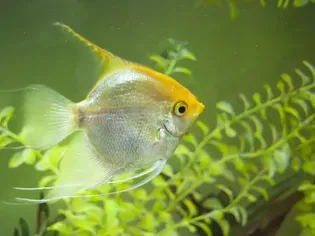
Saltwater Aquariums & Habitat
14 Best Floating Plants for Your Aquarium
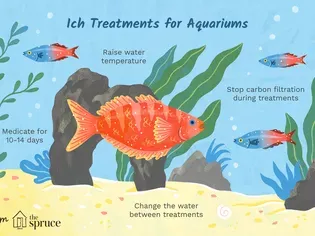
Freshwater Fish Health
How to Treat Ich on Freshwater Fish

Saltwater Fish Health
Fin Rot in Aquarium Fish

Freshwater Aquarium Filters
How to Do Aquarium Water Changes
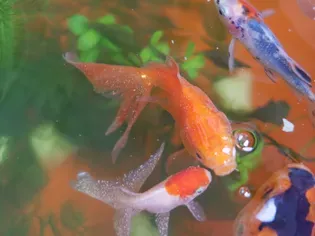
Saltwater Fish Health
How Do Fish Get Parasites?
